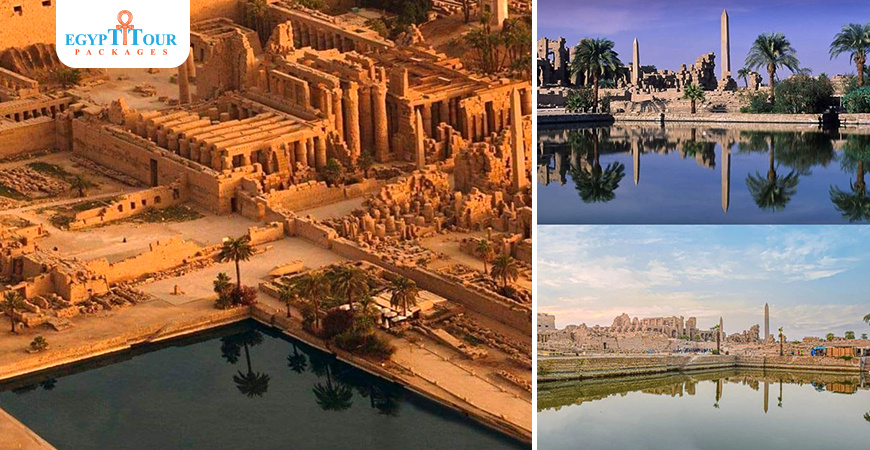
Karnak temple
The Karnak Temple was built between 2055 BC and around 100 AD. It was built as a cult temple and was dedicated to the gods Amun, Mut, and khonsu.
karnak Temple Facts
We should not call it the Karnak Temple because it is a group. Rather, we say the Karnak Temples and not a single temple. The kings of the Middle Kingdom and the New Kingdom approached Amun and other gods by building temples in that sacred area known as Abetsut, which means the Sanctuary of Thrones, or Bar Amun, which means the House of Amun. The Karnak Temple built the divine trinity of Amun (Amun Ra in the New Kingdom), his wife, the god Mut, and their son, the god Khonsu.The temple was named after the city of Karnak, which is a modern name distorted from the Arabic word Khornaq, which means fortified village. The Karnak Temples are located on about 200 acres.

Karnak Temple Visiting
-
The Importance of the Karnak Temple
During the New Kingdom, the Karnak Temple Complex was the center of the ancient faith while power was concentrated at Thebes (modern-day Luxor) and its significance is reflected in its enormous size. In addition to its religious significance, it was also served as a treasury, administrative center, and palace for the New Kingdom pharaohs. It is to this day considered as the largest temple complex ever constructed anywhere in the world.It developed over a period of 1500 years, added to by generation after generation of pharaohs and resulting in a collection of temples, sanctuaries, pylons, and other decorations that is unparalleled throughout Egypt.While the height of its importance was during the New Kingdom and during the reigns of famous pharaohs such as Hatshepsut, Tuthmose III, Seti I and Ramesses II, all contributed significant additions to the complex, construction continued into the Greco-Roman Period with the Ptolemies, Romans, and early Christians all leaving their mark there.
-
Visiting the Karnak Temple Complex
Karnak is divided into three compounds: the precinct of Amun, the precinct of Mut, and the precinct of Montu; however, for most visitors the largest of these, the precinct of Amun, is enough. It is a complicated layout alone dwarfs every other site that you will visit in Egypt.The precinct of Amun contains all of the most famous sections of the Karnak complex, including the dizzying Great Hypostyle Hall. This hall of 134 massive columns is one of the most impressive places in all of Egypt. Going into the detailed description of the different elements that make up the complex is a near-endless task that we will leave to a tour guide to explain it while you awe at it.Instead, we will simply suggest that you allow plenty of time to explore this huge complex and admire the many impressive sights within it. Imagine how awe-inspiring it must have been over 2000 thousand years ago when these huge structures were newly constructed.Like all of the major sights in Egypt, Karnak has a sound and light show that is offered in several different languages. The show takes place 3 times a night, but you should consult your tour guide or your hotel about the languages of the various showings.

Karnak Temple Description
- Temple design:
The Marsi:
It was also used to dock the ships that came to the temple, and the ships of Amun’s procession were taken out to participate in the Feast of Opet.
Two obelisks:
Leading the Rams Road are two sandstone obelisks, one of which is still standing.
-The Way of the Rams:
starts from the Marsa and ends at the second pylon. It represents statues of crouching rams representing Amun, placed on a high base, and in front of it is a statue of Ramesses II standing protecting the ram.
-The outer wall:
a wall built of mud bricks. The wall includes eight entrances. It is likely that King Nectanebo I was the one who built this wall. In building it, the architect used the method of placing the bricks in an inclined manner as a kind of support for the building and expresses a religious meaning and refers to the eternal waters.
-The first pylon:
It was built by King Nectanebo I, the first king of the 30th Dynasty, and represents the main entrance to the temple. It was decorated with eight cavities to hold flags.
-The first courtyard:
was built by King Shashenq I, the first king of Dynasty 22. This courtyard is called: Webaa, which means the front courtyard, Sakhtet Habiyet, which means the celebration hall, and Sakhet -Khaft-her, which means the front hall. This courtyard is located between the first pylon and the second pylon.
-Cabins of King Seti II:
Three limestone shrines for resting the sacred boats of Amun, Mut and Khonsu. It is located in the northwestern part of the first courtyard. The scenes represent the king in his relationships with the gods.
-Gosq Taharqa:
King Taharqa (an Ethiopian king from the 25th Dynasty kings who ruled Egypt) built the Gosq in the middle of the first courtyard of the Temple of Amun Ra at Karnak to rest the sacred boat of Amun. In its middle, it contains the base that was intended for placing the boat carrying the statue of Amun. King Psamtik II and King Ptolemy IV usurped this valley
-Temple of Ramesses III:
It was built in the southeastern part of the first courtyard. It consists of a pylon engraved with scenes of Ramses III slaughtering enemies in the presence of Amun. This paylon is preceded by two statues. The paylon is followed by a courtyard with columns, each column having a statue of the king in the Osirian form. There is an ascending slope that leads to a canopy containing four columns with Osiris statues. This canopy leads to a transverse hall with four columns leading to the hall of the columns, which has 8 columns. Next to the hall of the columns is the Holy of Holies, consisting of three shrines for the gods Amun, Mut, and Khonsu.
-Al Bubastia Hall:
It is located next to the Temple of Ramesses III in the first courtyard. This name was given to it as it was built by the kings of the 22nd Dynasty, who made Tel Basta as their capital.
-The second paylon:
Its construction began by King Horemheb, then Ramesses I completed it, and Ramesses II completed its decoration. Ramesses II placed a granite statue of the king standing in front of it , and the king By Negm usurped it . This paylon was destroyed after Legran flooded the temple with water to dissolve the salts on the walls. Inside this paylon were found the Talatat stones that were part of Akhenaten's statue that was destroyed.

Karnak Temple At Luxor
-Hall of columns:
It includes 134 sandstone columns. King Amenhotep III built the middle two rows of these columns, which are considered higher than the rest of the columns, and King Seti I built 14 rows on either side of the two middle rows. The hall includes two entrances, one in the north and one in the south. The northern part of the hall was decorated with scenes of Seti I in the presence of the gods, the outer facade of the northern wall was decorated with war scenes of King Seti I, the walls of the southern part of the hall were decorated with scenes of Ramesses II releasing incense in front of the boat of Amun, and the outer facade of the southern wall was decorated with war scenes of Ramesses II.
-The third pylon:
was built by Amenhotep III, and was used to fill previous buildings, like the white cabin of King Senusret I, and the red cabin of Queen Hatshepsut.
-Fourth paylon:
It was built by King Thutmose I. Two obelisks were built in front of it, and Tuthmosis III also built two other obelisks in front of this paylon. These obelisks were transported outside Egypt, pylon for one of the obelisks of Thutmose I. Next to this paylon is a hall of columns built by Thutmose I.
-The fifth paylon.:
It was built by King Thutmose I, and Hatshepsut built two obelisks in front of it, one obelisk still exists in its place. Next to this paylon is a hypostyle hall built by Thutmose I. Thutmose III also added two rooms on either side of the entrance to the fifth pylon from the inside.
-Sixth paylon:
Built by King Tuthmosis III, built behind it two halls for annals , the Holy of Holies Chamber, and other side rooms.
-The middle kingdom Temple:
There are some stones from the remains of the middle kingdom Temple.

Inside the temple of Karnak
-The Temple of the Aakh Meno:
It was built by King Thutmose III in the 25th year of his reign on the occasion of his celebration of SD Day. The temple includes a court of masters, the Holy of Holies, storerooms, and a room decorated with scenes of plants, animals, and birds that Thutmose III brought on his campaign from Asia. It has four columns and is located next to the Holy of Holies and is called the Plant garden. It contains a plaque containing A list of the names of the kings who were interested in Karnak is now preserved in the Louvre Museum.

What is found in the Karnak Temple complex?
-Hidden courtyard:
There is an entrance in the southern part between the third and fourth pylons. The entrance leads south to an open courtyard in which a cache was found containing 799 stone statues and 17,000 bronze statues. These statues were in Karnak and were collected and hidden by the priests for fear of theft and destruction.
-Seventh paylon:
It was built by King Tuthmosis III and decorated with military scenes. The pylon is preceded by seven statues, four of which are of Tuthmosis III. The pylon is preceded by a statue of Tuthmosis III from the south and a statue of Ramesses II.
-The eighth pylon:
was built by Hatshepsut and Tuthmosis III, and many kings added to its decoration.
-The ninth pylon :
built by Horemheb.and The temple of Amenhotep II was built by King Amenhotep II between the ninth and tenth pylons.
-The tenth pylon was built by Horemheb and Horemheb also established a path of rams between the tenth pylon heading south to the temple of the god Mut in Asher.

What is special about the Temple of Karnak?
-Holy Lake:
It was built by Thutmose III, south of the sixth pylon. It is a lake surrounded by a mud-brick wall that depends on percolation water, and I believe it comes from the eternal waters or the eternal ocean Nun. The holy lake is called Shes Jisr. Priests used to wash themselves before performing any religious ceremonies and national celebrations in which the gods attended. The lake is also used to raise some birds, such as ducks and geese. Its water is stagnant, and it was fed by a canal from the Nile River. The water level does not increase or decrease even with the change in the level of the Nile. This is proof of the ingenuity of the Egyptian engineer.

The Scarab at Karnak Temples
-Scarab:
Next to the sacred lake, there is a granite sculpture placed on a huge base engraved with a scene of Amenhotep III kneeling, offering sacrifices to Atum.King Amenhotep III's gift to his wife, Queen T, for their love to last. Egyptians and foreigners roam it for good luck and wish Good luck with it. Pregnant women want the good boy, girls and young people are looking for marriage, and hundreds of foreigners roam around 7 laps to bring good luck and fulfill their wishes.. It's the sacred scarab of the
The Karnak Temple was built between 2055 BC and around 100 AD. It was built as a cult temple and was dedicated to the gods Amun, Mut, and khonsu. Karnak temple
in Luxor.

Khonsu temple at karnak
-Khonsu Temple:
Its construction began with Amenhotep III, and it was added to it by Ramesses III, IV, X, XI, and then other Kings, and it consists of a edifice, a pillar courtyard, a pillar hall, then the Most Holy, and warehouses.The Temple of Khonsu includes a statue of "Khonsu" in the form of a monkey, and its walls are decorated with scenes of Ramses IV. The places of worship on both sides of the temple have well-preserved colors in scenes showing the king and other courtiers. Behind the temple there is a small room for the god "Khonsu" with 4 columns for each. Column 16 sides.

The temple of ptah(Karnak Temple)
-The Temple of Ptah and Hathor:
It was built by Tuthmosis III in the middle of the northern part of the Karnak Temple, next to the gate of the northern outer wall.

Karnak temple complex
-The Road of Rams :
extends from the pylon of the Temple of Khonsu and heads south and joins the road coming from the Temple of Mut and from the Tenth Pylon and heads to the Temple of Luxor. It was built by King Amenhotep III. It is the road that connects the temples of Karnak and Luxor.
-The Temple of Apt
is located west of the Temple of Khonsu. It was built in the Ptolemaic era for the goddess Apt, which represents a female hippopotamus.
-The Temple of Aten: which was built by Akhenaten, east of the Temple of Amun. It consisted of courtyards open to the sky, but Horemheb demolished it and built monuments in it.
-The Temple of Mut in Asher:
It is located south of the wall of the Temple of Amun and is surrounded by the lake on three sides.
-The Temple of Montu :was built by King Amenhotep III, north of the outer wall of the Temple of Amun in Karnak.-The Temple of Aten: which was built by Akhenaten, east of the Temple of Amun. It consisted of courtyards open to the sky, but Horemheb demolished it and built monuments in it.
-The Temple of Mut in Asher:
It is located south of the wall of the Temple of Amun and is surrounded by the lake on three sides.
-The Temple of Montu :was built by King Amenhotep III, north of the outer wall of the Temple of Amun in Karnak.

Post A Comment
Your Email Address Will Not Be Published.
Hot Categories
Topics of Luxor
Table of Contents
- karnak Temple Facts
- Karnak Temple Visiting
- Karnak Temple Description
- Karnak Temple At Luxor
- Inside the temple of Karnak
- What is found in the Karnak Temple complex?
- What is special about the Temple of Karnak?
- The Scarab at Karnak Temples
- Khonsu temple at karnak
- The temple of ptah(Karnak Temple)
- Karnak temple complex











































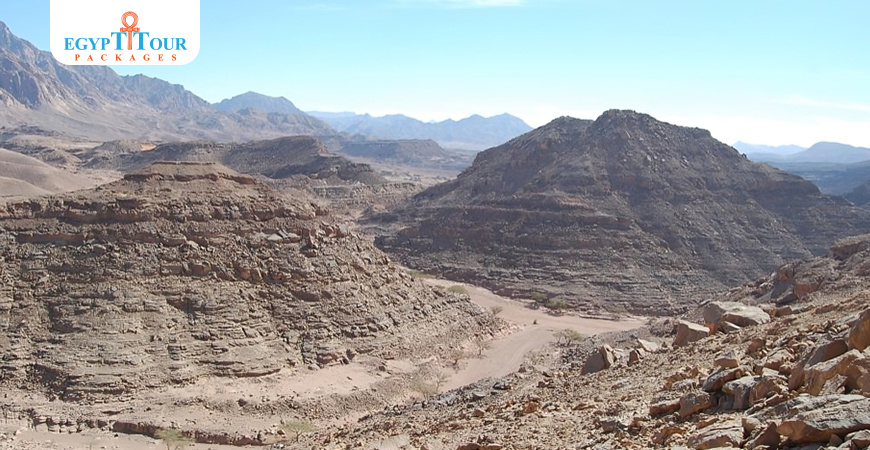





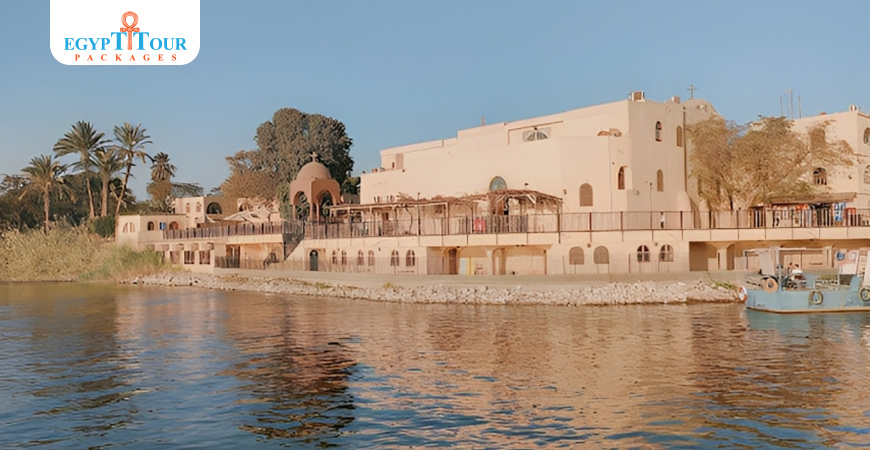

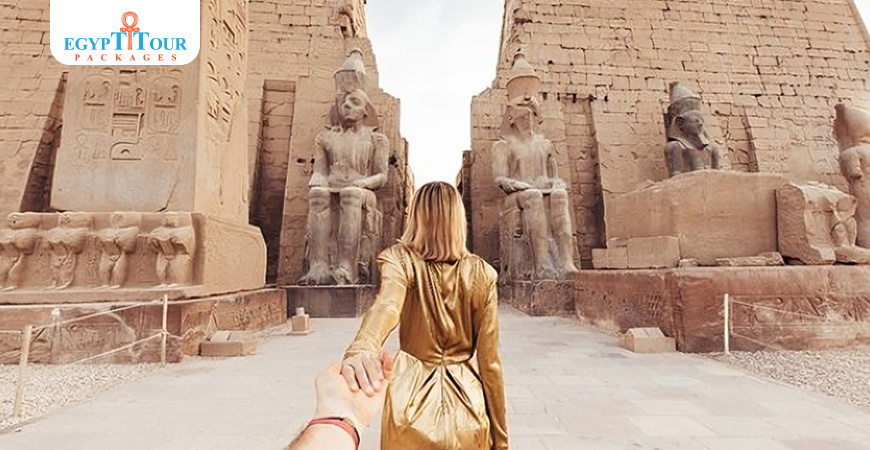
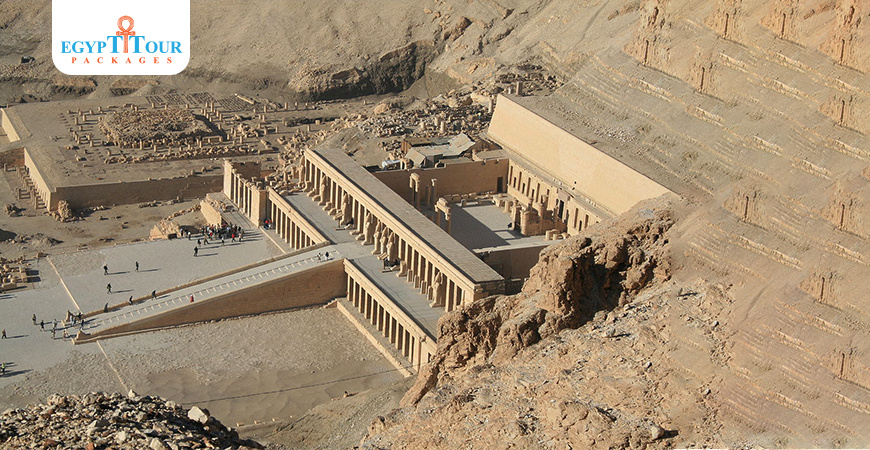
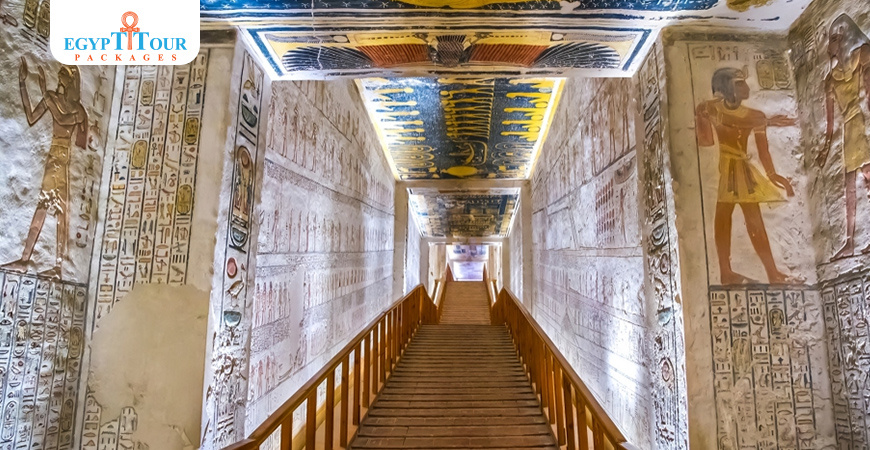
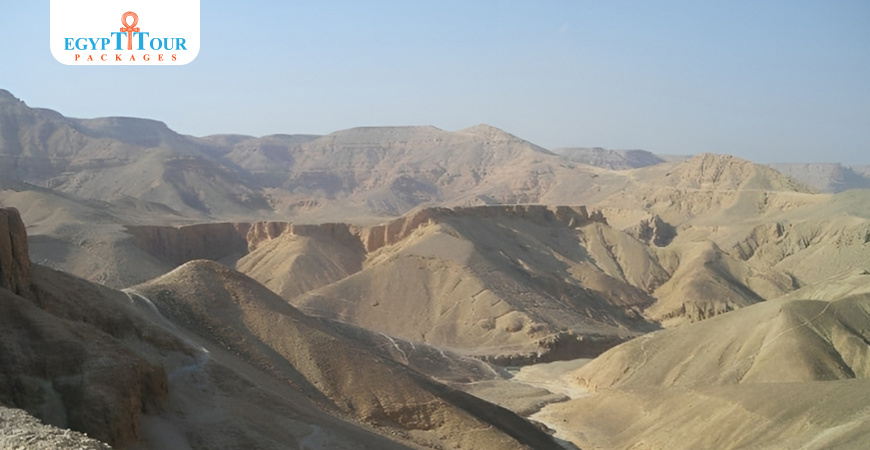
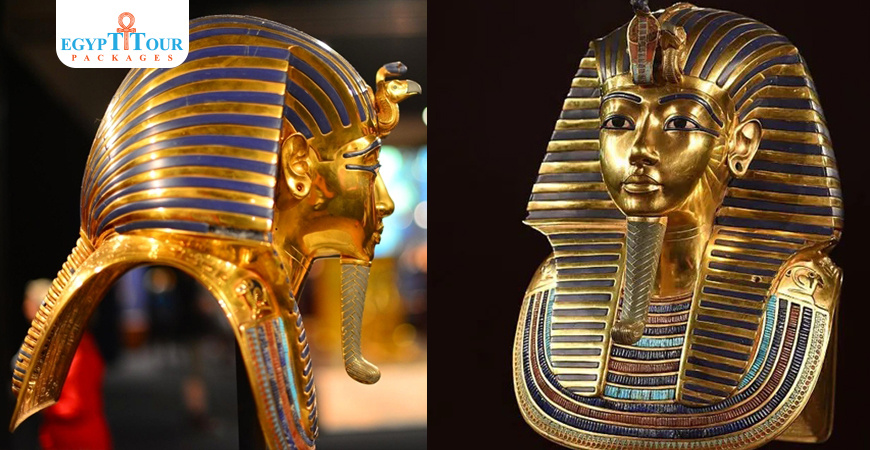
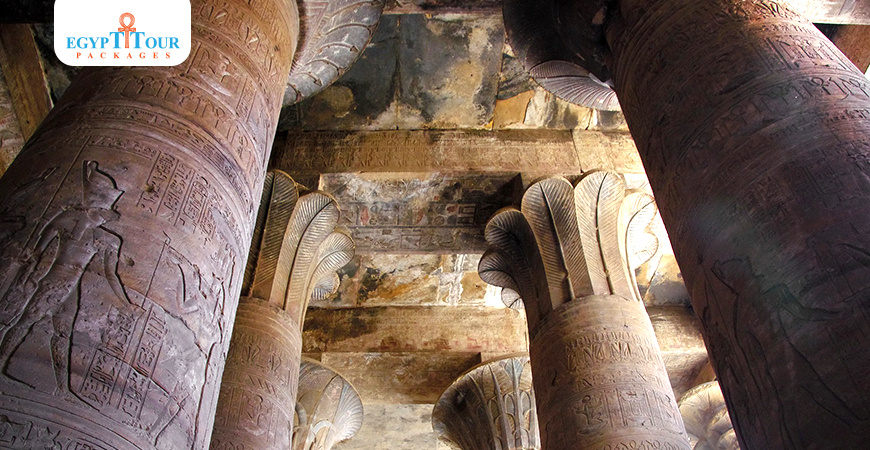
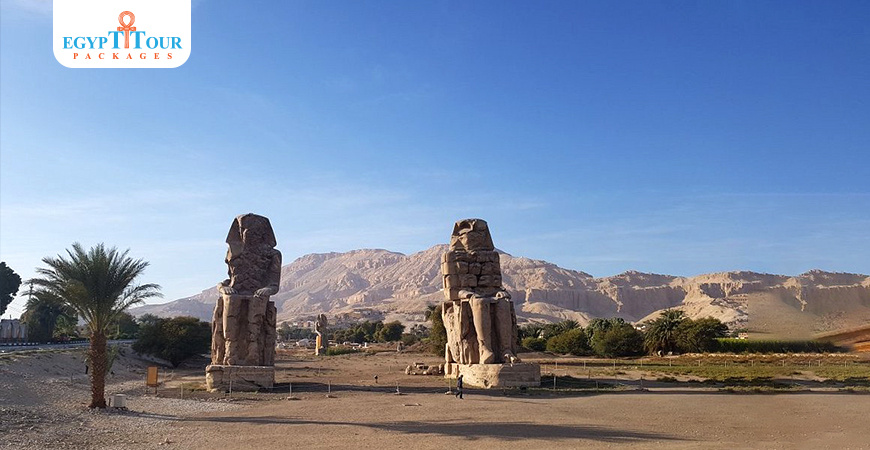
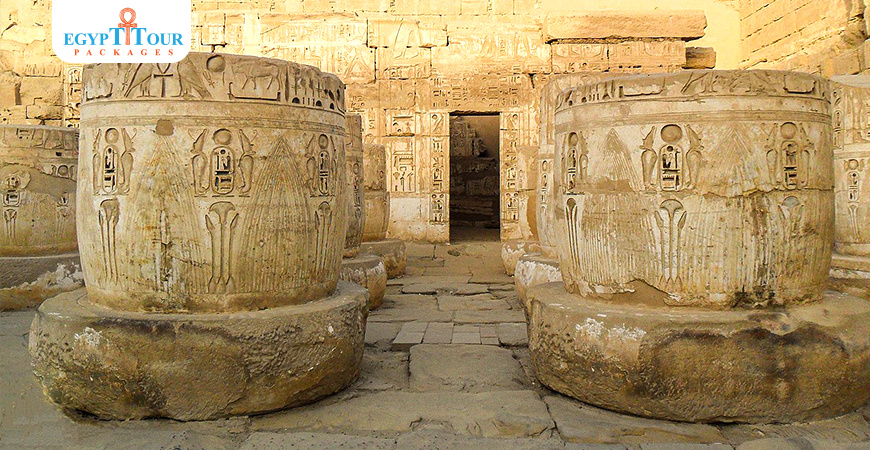
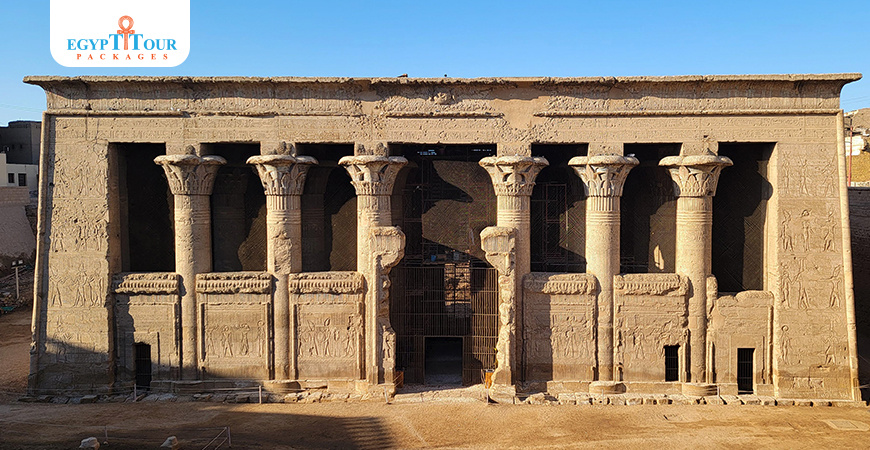
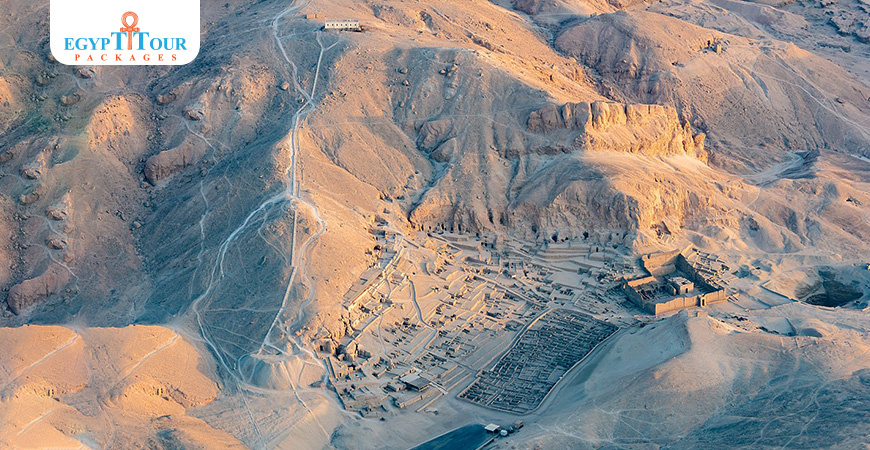
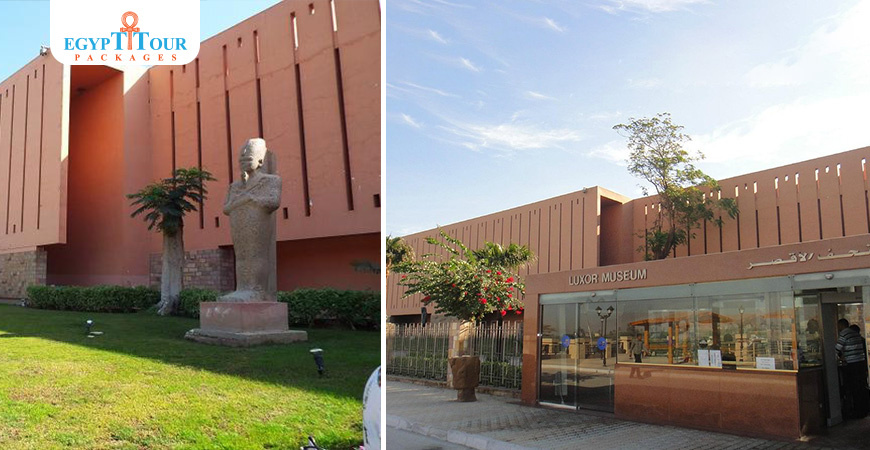
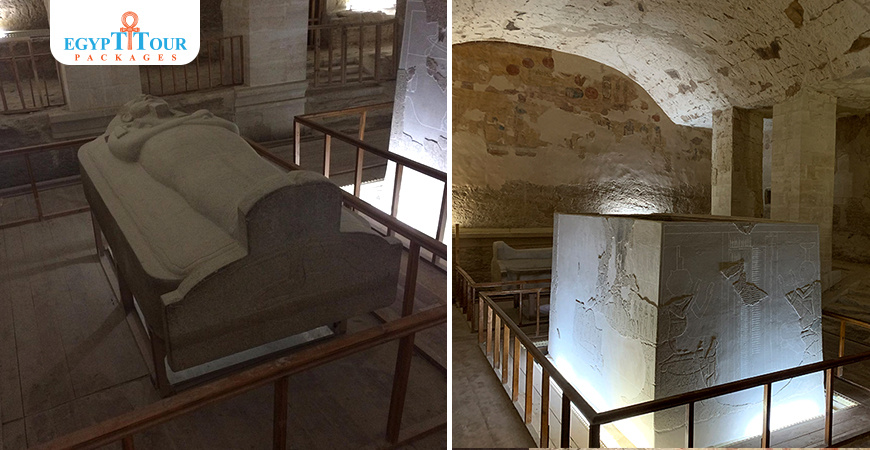

0 Comments